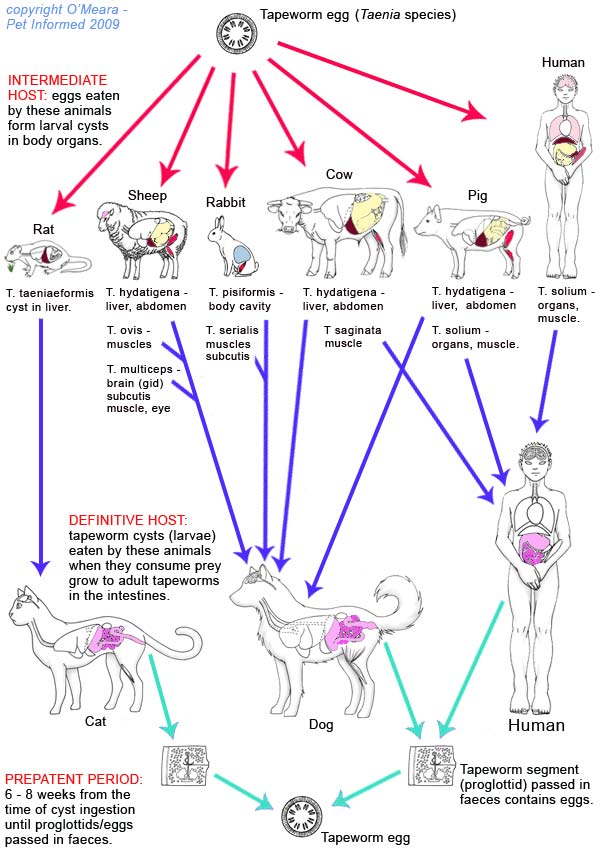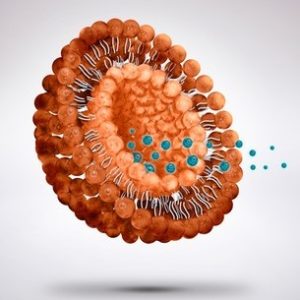
There are several taeniasis types, and these can be easily distinguished from each other using stool examination. Different species have different symptoms and may be difficult to identify without faecal tests. PCR can be used to identify a specific species by examining faecal samples for distinct egg masses. This test is the most accurate method for determining a taeniasis diagnosis, and is widely used to diagnose the parasite.
Human taeniasis is a parasitic infection caused by the Taenia tapeworm. There are three different types of taeniasis, including the Asian tapeworm, the beef tapeworm, and the pork tapeworm. In humans, taeniasis is most often spread through the environment by feces. Once the eggs hatch, the parasite migrates to striated muscle and reproduces. In animals, cysticercosis is a severe condition caused by T. solium.
Symptoms of taeniasis vary, but in general, taeniasis infection symptoms are similar. The most common taeniasis type is neurocysticercosis, which can lead to seizures. The larval stage of taeniasis is a pearly white cyst that contains protoscolex and a tapeworm. If left untreated, taeniasis can develop into a life-threatening infection.
Intestinal taeniasis is typically asymptomatic or accompanied by minor intestinal symptoms. The specific symptoms will depend on the species of Taenia, but the most common symptoms are diarrhea and abdominal pain. A few people may also experience gastrointestinal discomfort, as well as neuropsychiatric disturbances. Ultimately, taeniasis is a life-threatening parasitic infection, but fortunately, there are treatments available.
Adult taeniasis is usually asymptomatic. However, infected people may notice proglottid segments in their stool. Some symptoms of taeniasis include nausea, anal inflammation, and vague abdominal discomfort. If infected with T. solium, the infection can lead to cystercercosis, which results in the formation of worm eggs in the small intestine.

Intestinal taeniasis is often asymptomatic and associated with mild symptoms. Symptoms vary with the species of Taenia, but they may include intestinal pain, nausea, and diarrhea. In some cases, the patient may have neuropsychiatric disturbances after being diagnosed with taeniasis. A person with taeniasis may also experience irritation in the perianal area. Although this is a relatively rare symptom, the patient may notice that worms are present in their stool.
On the other hand, intestinal taeniasis occurs in people infected with tapeworms. Intestinal taeniasis is often asymptomatic and is accompanied by a few mild symptoms such as abdominal pain and nausea. However, the most severe symptoms are associated with types of taeniasis that affect the brain. The site https://www.ctrip.co.th/ states that some of these patients may even experience seizures and require hospitalization.
Human teniasis is a parasitic infection caused by various types of tapeworms. The most common types are T. solium, T. saginata and the Asian tapeworm. Infections with these types of tapeworm in humans are usually harmless, but can cause seizures and anemia if left untreated. T. saginata infection is less common, but both types can be fatal.
People can get taeniasis when they eat raw meat. Infected people will notice segments of proglottids in their stool. If they are infected with T. solium, this infection is likely to be asymptomatic. Infected people may experience some or all of these symptoms. They may also see eggs in their stool. The eggs are passed in the stool and may not be detected for several days.
Teniasis is of two types. Adult taeniasis and neurocysticercosis are different types of taeniasis. Some people have cysticercosis, others have cysticercosis, a type of cysticercosis found in the human body. The symptoms of taeniasis vary depending on the type of infection.
The adult stage of Taenia tapeworm is the most common type of taeniasis. A person with neurocystic taeniasis will have seizures. If they have neurocystic shadowing, they may develop a rash or hives. The symptoms of taeniasis can be very uncomfortable. Infected people may even experience loss of appetite, anorexia, and suffer from gastrointestinal cramps.
